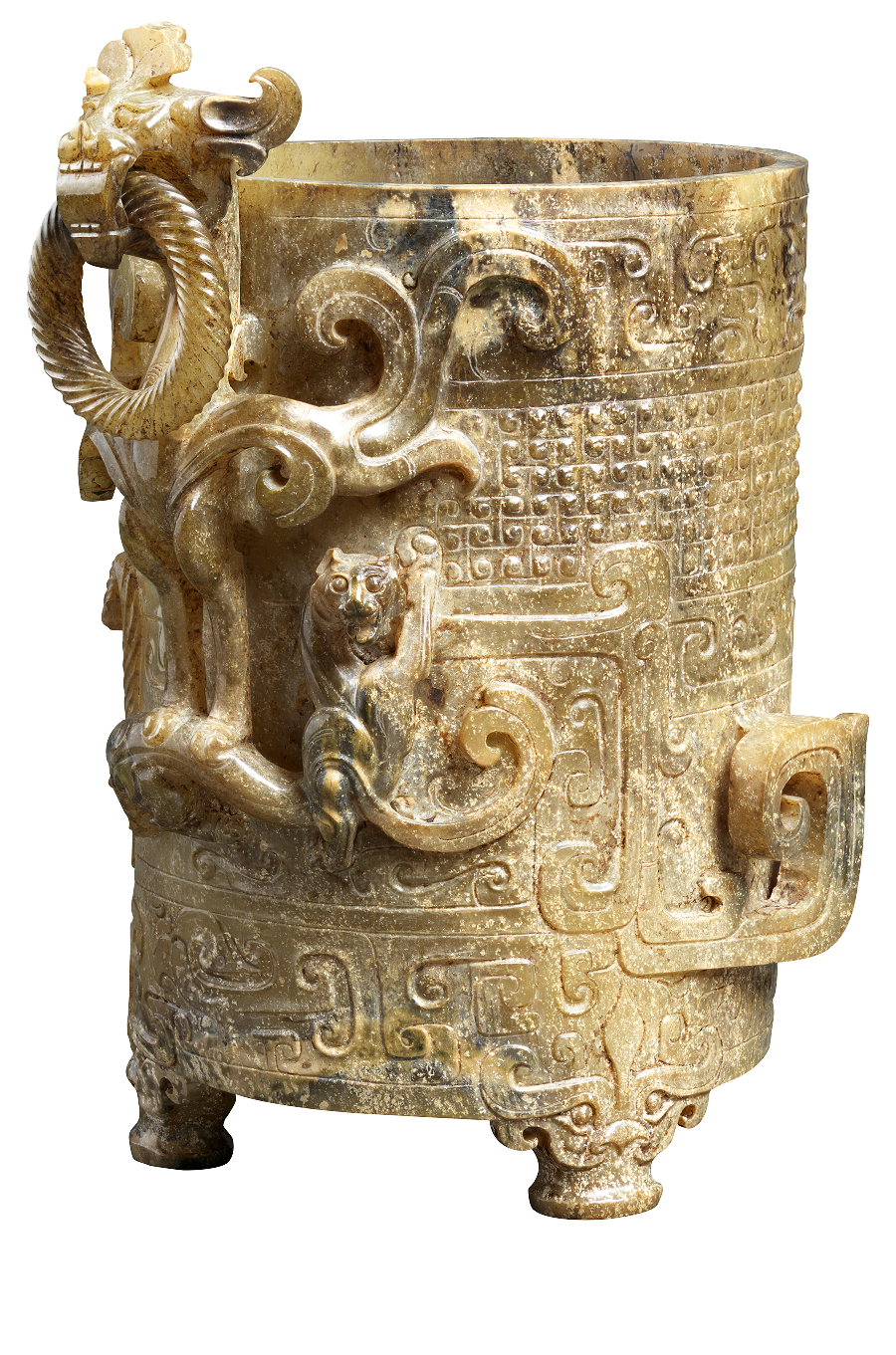

These included everything from pendants worn around the neck or waist to belt hooks and wine containers, from sword and scabbard accouterments for men to face powder boxes for women. The trend continued unabated for a few centuries, and the climax was reached around the third century BC.
This was despite the great social upheaval of the time. In 256 BC, the Eastern Zhou Dynasty, whose last ruler had attempted but failed to thwart the eventual subjugation of all vassal states by the state of Qin, ceased to exist. Thirty-five years later, the Warring States Period came to a close as China was united for the first time under a man who declared himself Qinshihuang, meaning, the first ruler of the dynasty of Qin.
Yet this was far from the end of tumult. The Qin Dynasty (221-206 BC), despite all its military glory, lasted for a mere 15 years. More turmoil ensued until it was replaced by the Han Dynasty.
"It was an iconoclastic time in every sense of the word, with rules being dismantled in every field, including art-making," Zuo says. "The jade designs of the time had moved away from the symmetrical design scheme adopted by the Shang Dynasty and Zhou Dynasty ritual bronzes."